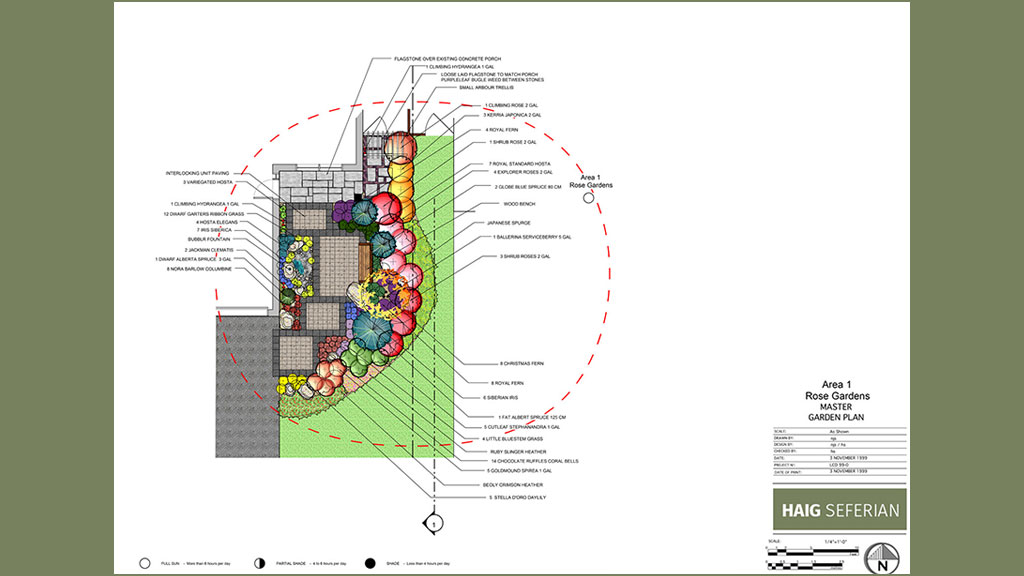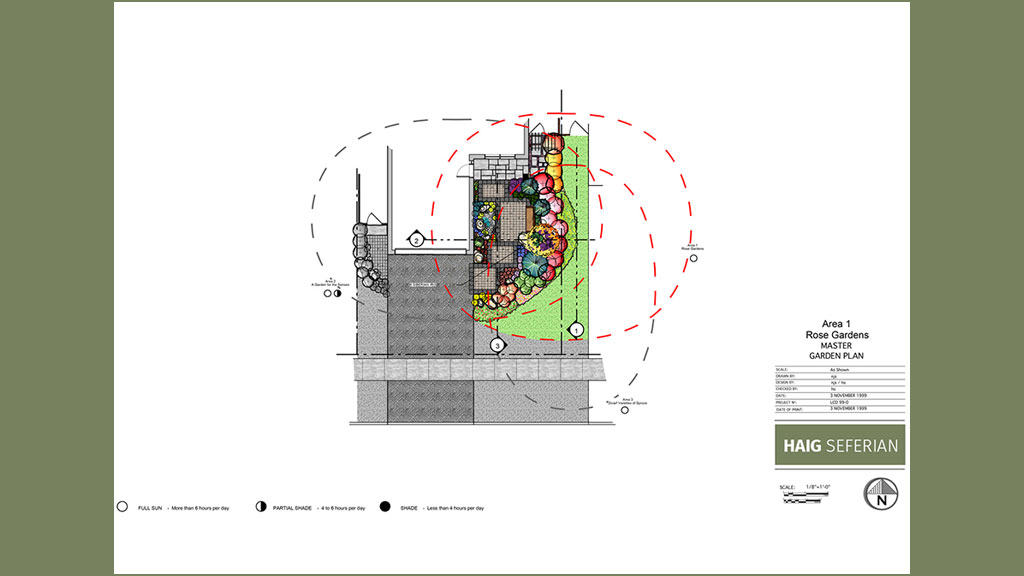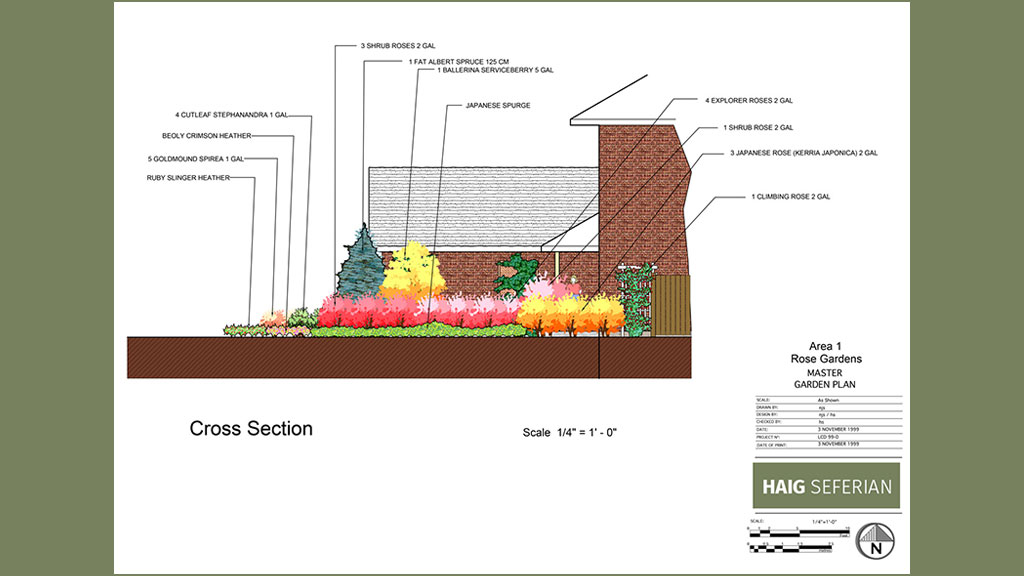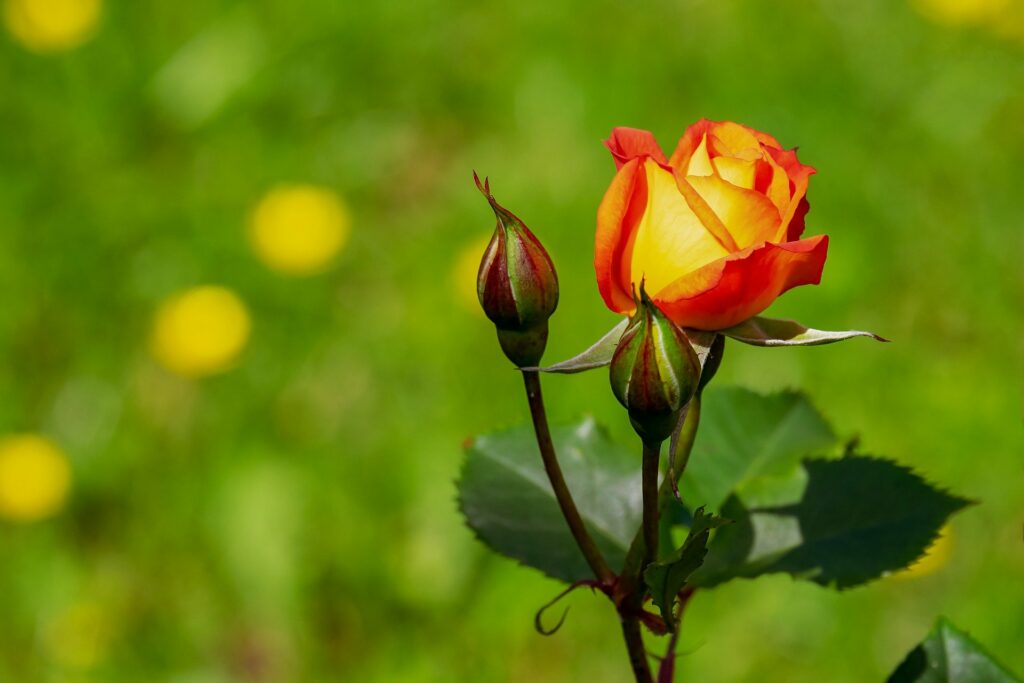Nothing defines the traditional beauty of a flower as much as the rose. Roses conjure up images of love and romance, as poets and writers continue to equate love and beauty through the multi-petalled appearance of this fragrant flower. Th rose has been the ideal metaphor for love and pain over the years. Writers have for centuries equated the beauty of the rose to romance – an element in existence even today – and the broken heart to the ever present thorns that come with the flower. Roses are the epitome of love and pain…no other flower carries with it such powerful eternal emotions.
Growing these infamously renowned flowers is not as difficult as it appears. Roses today come in a variety of different species and the new hardier ones are much easier to grow than some of the more traditional varieties.

Types of Roses:
Floibundas grow approximately 3 feet in height and contain many small flowers in clusters. Blooms can range from single to double, maintaining their blooms throughout the season. Floribundas are very showy and make good bedding effects. They are also very attractive when they are spotted through foundation planting. Generally a fairly hardy plant.
Hydrid teas grow from 4-5 feet in height consisting of large, multi-petalled blooms being held singly on strong, straight stems. These are ideal for cutting as they come in clusters of 3-5. Very suitable for formal rose beds, this variety is also very fragrant. Hybrid teas are generally not suited for harsh winter temperatures and are therefore not as hardy as floribundas.
Grandifloras are the tallest growing to 6 feet in height. Their flowers resemble those of hybrid teas but are smaller and in clusters of 5-7. The showiest of the varieties, grandiflora are ideal for formal geometric beds.
Grandifloras are also great cutting rosaes as they bloom throughout the season continuously.
There are also mutations of bush roses commonly referred to as climbers. These may be single or double, Hybrid Tea or Floribundas. The main thing to remember with climbers is that the main shoots should be trained to grow horizontally, allowing lateral branches to appear. Eventually, these laterals will grow upward where the flowers will be produced.

The easiest of all roses to care for are the shrub roses. Derived from native roses, these are very hardy plants suitable for any garden. They are generally very fragrant and can be as large as Hybrid Teas or as neat as Floribundas.
Roses have certain requirements that should be adhered to if you want to enjoy their beauty all season long. All varieties are light hungry and require at least 5-6 hours of direct sunlight per day (this is even more crucial if they are to survive in colder climates). Air circulation is a key factor to the overall health of the plant, preventing disease. Roses are also prone to wind damage, therefore they require a certain amount of protection. Keep in mind that any barriers, such as fences, should not block out needed sunlight. Also, they should not be planted too close to hedges or trees whose root systems will struggle for the same nutrients as the hungry rose plant. Roses need plenty of water, at least one inch per week. Each time you water remember to saturate the soil.
Lastly, but most importantly, is the quality of the soil. Good soil will be firm enough to hold the plant and loose enough for water penetration. Roses need good drainage and should not be planted in wet areas. The soil should contain both organic and inorganic materials to ensure proper drainage and air circulation. All varieties have a sensitivity to acidity in the soil and prefer a pH level of 6-6.5. The application of a good fertilizer to the soil will also produce those magnificent blooms we all love to see.
It is important to get your rose plant off to a good, healthy start to decrease the risk of disease. Keeping the garden clean and proper pruning will maintain the health of your plant. Before you begin pruning, ensure that your by-pass secateurs are clean and sharp, remember that sharp blades make clean cuts which are important in the prevention of cane damage.

Hybrid Tea roses should be cut back in the spring just as the buds are beginning to swell. Prune so that 3-5 strong stems are left, then cut these stems back so that 3-5 buds are left on each branch. Remember to choose your stems carefully. You want the plant to grow in an open vase shape. You don’t want branches to be crossing one another as this will block light and air from reaching the centre of the plant.
Floribundas should be pruned to the point where there are 5-7 strong stems. These should then be cut back to ensure 5-7 buds are on each stem.
To encourage additional bloom growth, quickly take a good look at the leaf arrangement on the rose stem. Just underneath the flower, there will be a single leaf, followed by stems of leaves with 3 leaflets, followed again by a series of leaves with 5 leaflets. Cut low enough in the stem to the 5 leaflet level, ensuring that at least one pair of 5 leaflet leaves is left. Doing this every mid-summer will guarantee strong and quick flower replacement. Just remember to cut only the outward facing buds.
Following these few steps will ensure you achieve the optimum satisfaction from your rose garden…healthy, strong rose plants that will enhance your landscape year to year.

